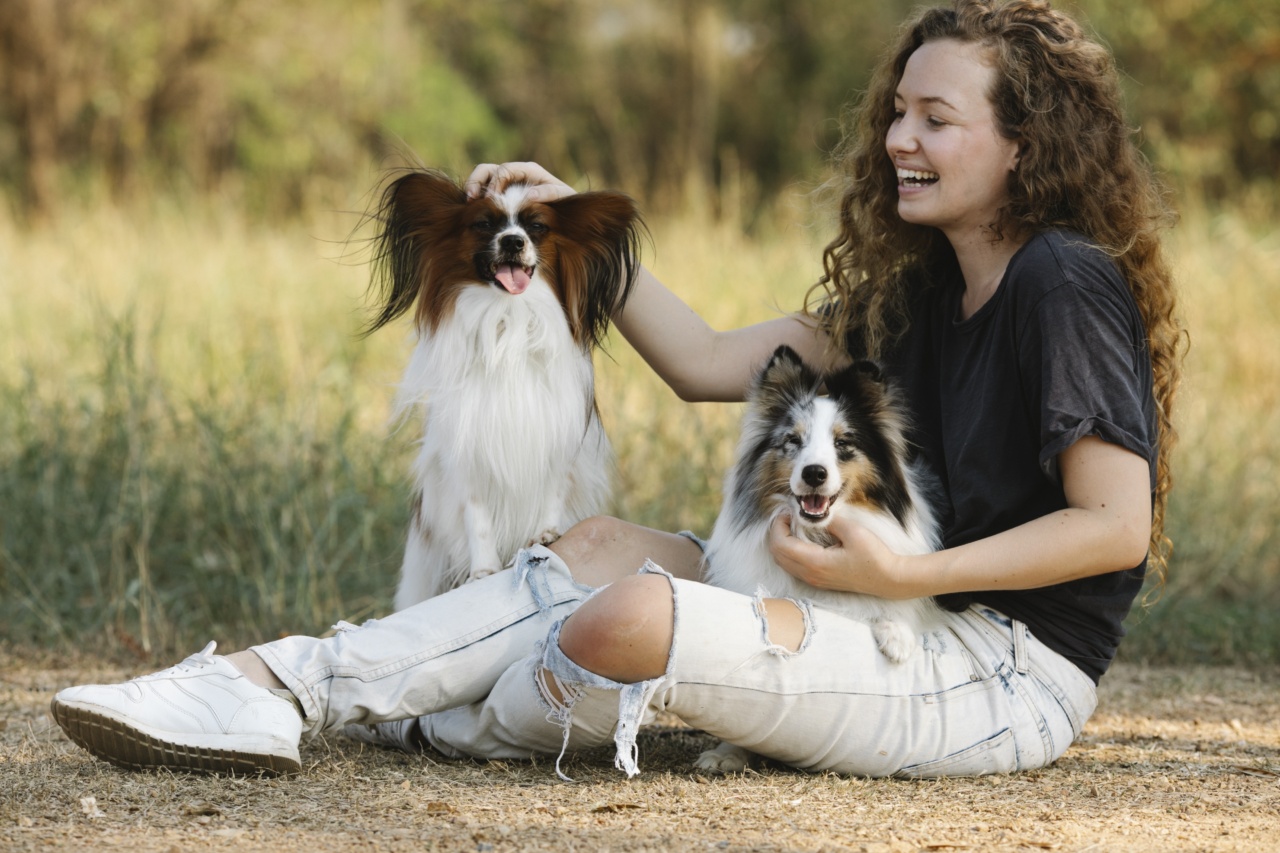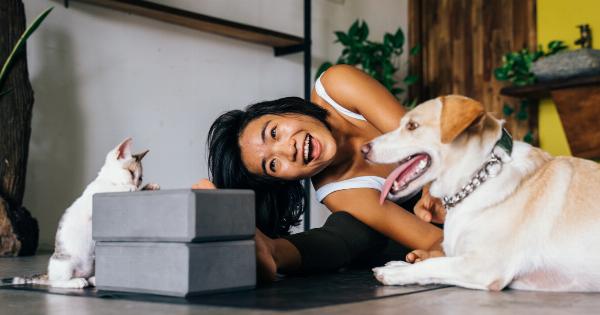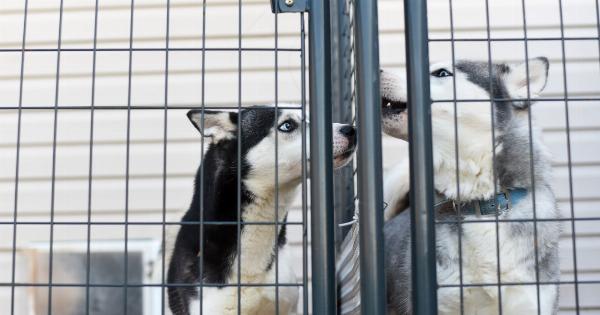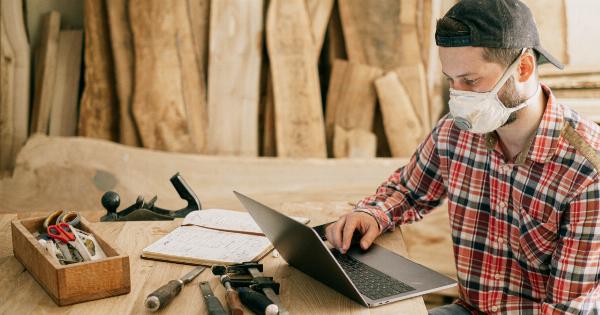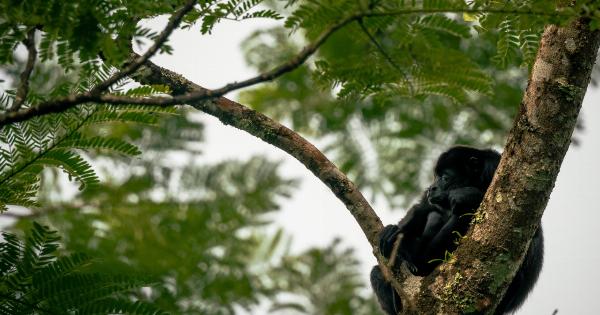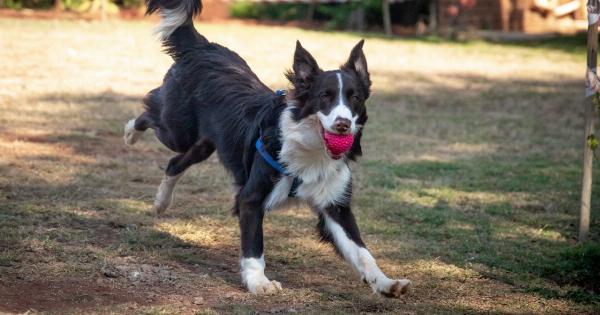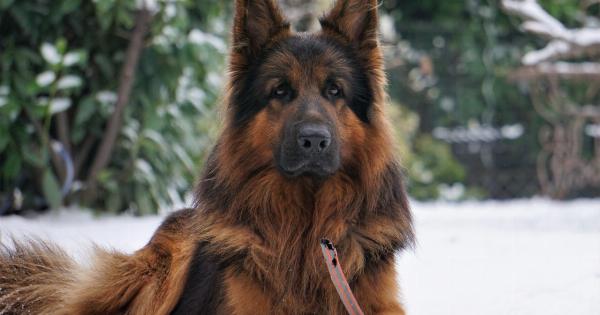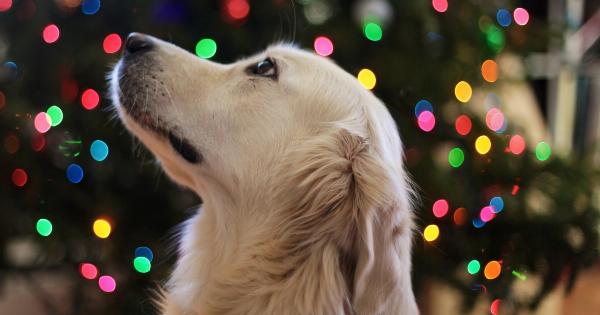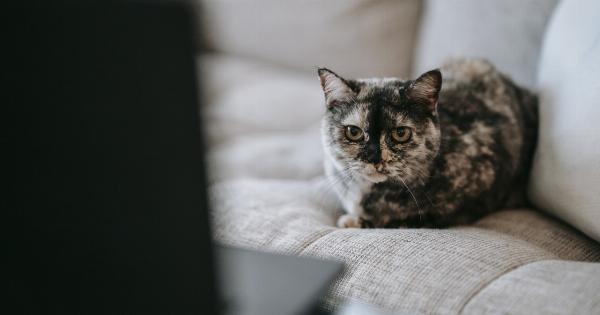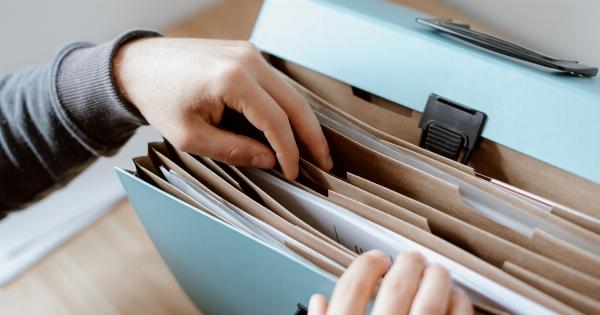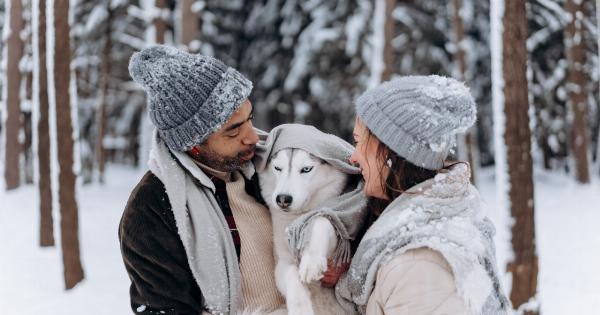Our furry friends bring us immense joy and companionship, and it is our responsibility as pet owners to ensure their safety and well-being.
While we may be aware of common dangers such as toxins or accidents, there are hidden risks of damages that often go unnoticed. These risks can have serious consequences for our pets and may even compromise their health or lives. In this article, we will explore some of the hidden risks of damages that pet owners should be aware of to better protect their furry friends.
1. Houseplants
While houseplants are a popular choice to beautify our homes, many of them can be toxic to our pets.
Certain plant species, such as lilies, azaleas, and philodendrons, can cause digestive issues, vomiting, or even organ failure if ingested by our furry friends. Pet owners should research the toxicity levels of houseplants and ensure that any potentially harmful plants are kept out of reach or substituted with pet-friendly alternatives.
2. Electrical Cords
Electrical cords can pose a significant risk to our pets, especially those who like to chew. If a pet chews on an electrical cord, they could suffer from electric shocks, burns, or even fatal injuries.
It is crucial to securely hide or cover electrical cords to prevent pets from accessing them. Additionally, providing appropriate chew toys can help redirect their chewing behavior and minimize the risk of them targeting cords.
3. Open Windows
Open windows can be enticing to pets, allowing them to enjoy fresh air and a view of the outside world. However, they also present a hidden danger.
Cats, especially, are at risk of falling from open windows, which can result in severe injuries or even fatalities. Pet owners should ensure that windows are secured with sturdy screens or keep them closed when pets are unsupervised.
4. Cleaning Products
Many household cleaning products contain chemicals that can be harmful to our pets if ingested or exposed to their skin. Pets often groom themselves, and the residues left on their fur can also be toxic if ingested during grooming.
It is essential to store cleaning products in secure cabinets or areas inaccessible to pets. Additionally, using pet-safe cleaning products or natural alternatives can help minimize the risks.
5. Human Medications
Accidental ingestion of human medications by pets is a common occurrence and can have serious consequences. Many medications, such as painkillers or antidepressants, can be toxic to our furry friends.
Pet owners should be diligent in storing medications safely and should never administer human medications to their pets without veterinary guidance.
6. Laundry Hazards
Laundry rooms can contain various hazards for our pets. Detergent pods or fabric softener sheets, if chewed or ingested, can lead to digestive issues or chemical burns.
Laundry machines and dryers with open doors may also be tempting for curious pets to explore, resulting in trapping or injuries. Keeping laundry products out of reach and ensuring the laundry room is securely closed can help prevent accidents.
7. Chemical Exposure
Pets are smaller and more vulnerable to chemical exposure than humans. Common household chemicals such as pesticides, fertilizers, and antifreeze can be highly toxic to pets if ingested or even exposed to their skin or paws.
Pet owners should be cautious when using such chemicals and ensure proper storage in pet-proof areas, away from their curious companions.
8. Sharp Objects
Sharp objects like needles, scissors, or broken glass pose a risk of injury to both humans and pets. Pets with a tendency to play with or chew objects may inadvertently harm themselves.
It is crucial to keep potentially dangerous objects stored securely and to regularly check the living areas for any small objects that may have fallen on the floor.
9. Food Hazards
While some human foods may seem harmless or even tempting to share with our pets, they can be toxic or detrimental to their health. Foods like chocolate, grapes, onions, and certain nuts can cause severe reactions or organ damage in our furry friends.
It is crucial to familiarize oneself with a list of foods that are dangerous to pets and ensure they are kept out of their reach.
10. Garage and Garden Chemicals
Pet owners should be cautious with the use and storage of garage and garden chemicals. Substances such as fertilizers, herbicides, or pesticides can be dangerous or fatal if ingested or exposed to pets.
It is essential to follow product instructions carefully, keep pets away from treated areas, and store these chemicals in secure containers in areas strictly inaccessible to pets.
